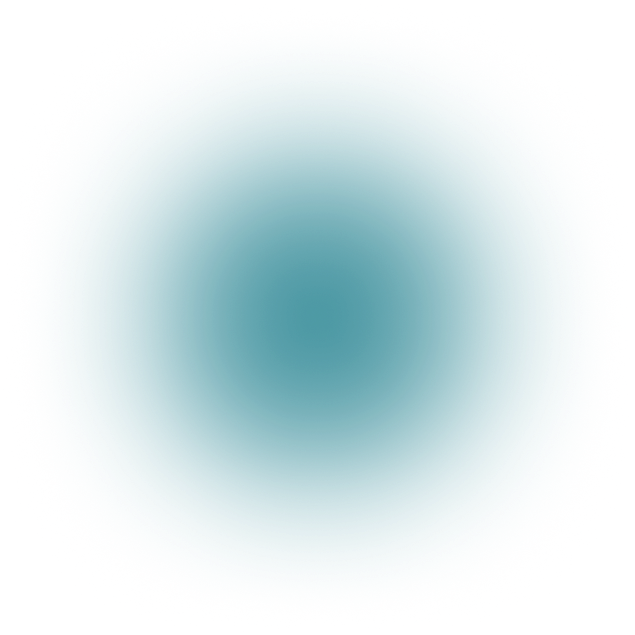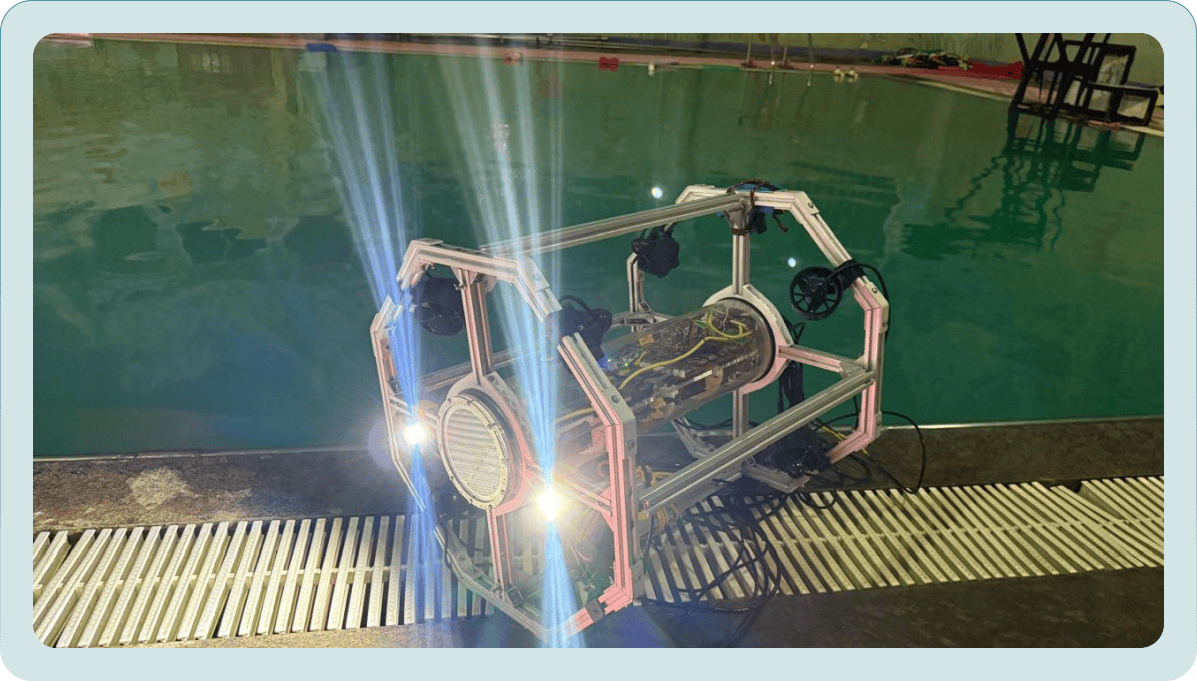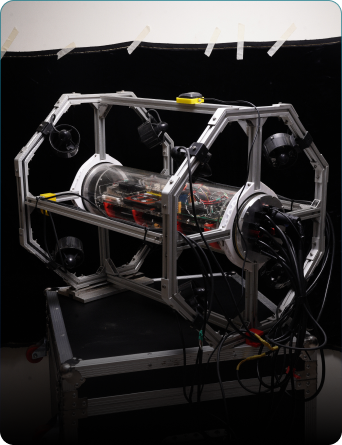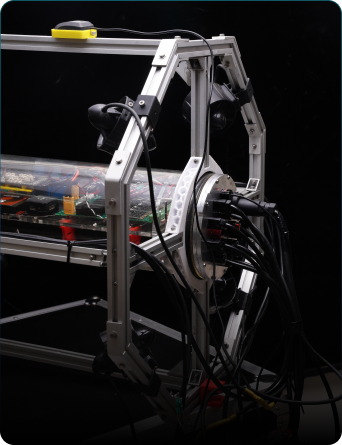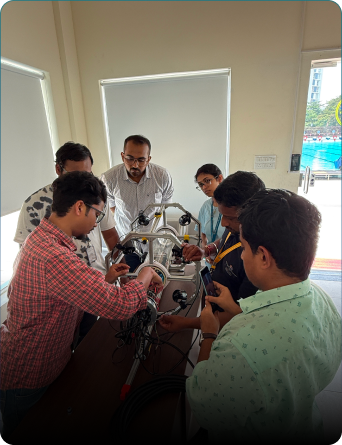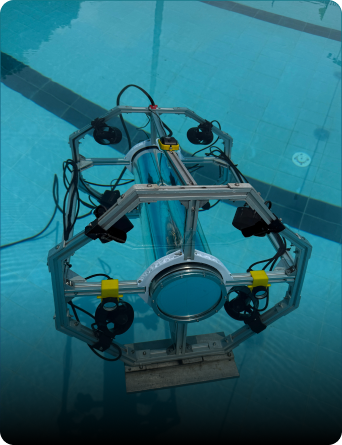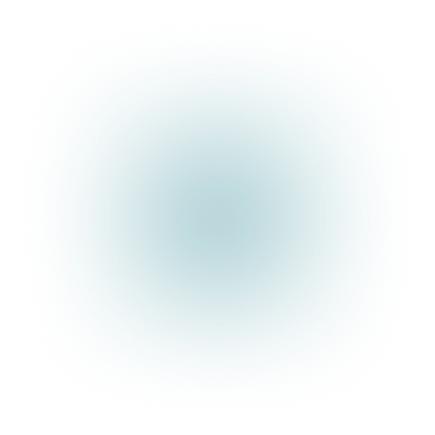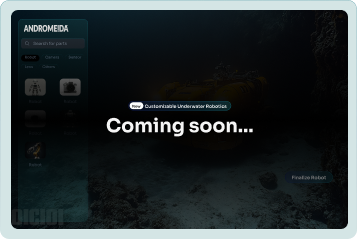Meet UUR™
UUR is andromeida’s customisable robotic platform which simplifies underwater observation and offers customisation to provide ideal survey experience to the user. It is available in 2 versions, i.e., 1) UUR Acad-A plug and play underwater robot for academic institutions which equips classrooms with the perfect tool to explore ocean, fostering a deep connection between students and their environment & 2) UUR Quest- Whether it is monitoring corals and sea grass or mapping underwater habitats and marine life, this version supports professionals by offering exceptional modification options (both for hardware & software) to fit precisely in your use-case.
